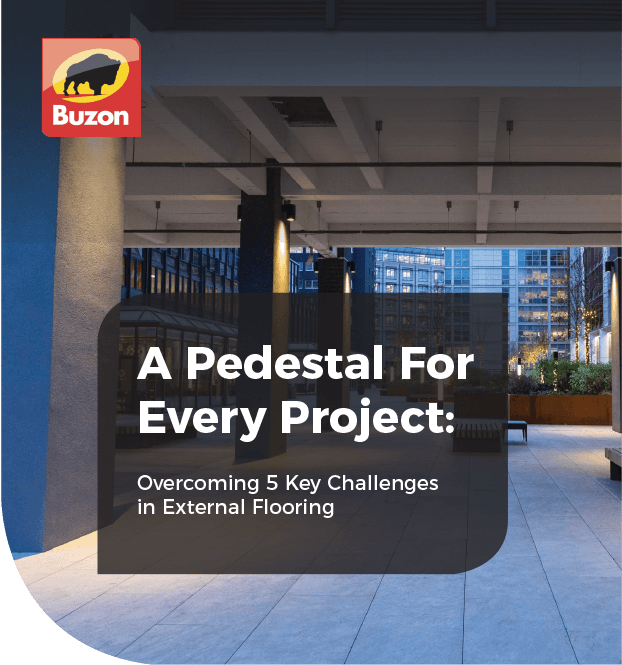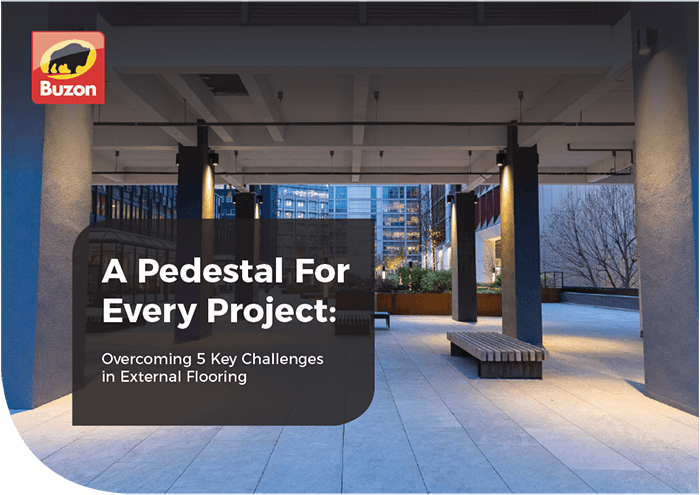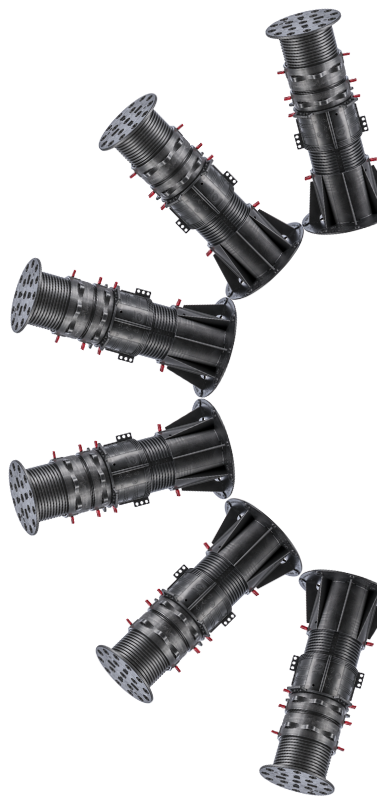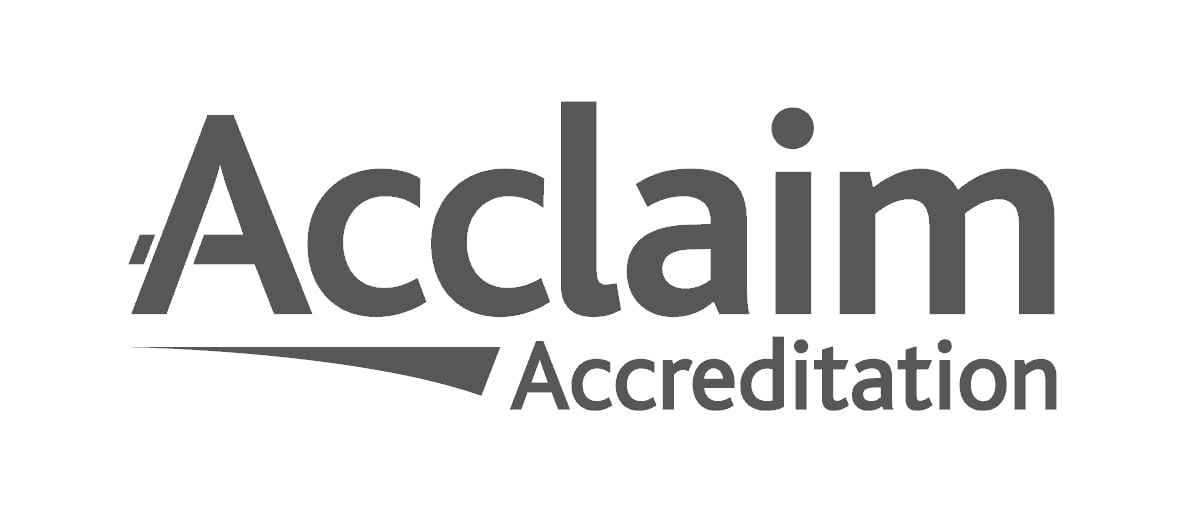Increasing the green factor in London
Now a fundamental part of the application and design process, London's Urban Greening Factor is a methodology designed to ensure a minimum level of green infrastructure in new build projects. With the benefits of green spaces such as woodlands or livings walls being well documented, this move is ultimately designed to improve overall health, temperature, and air quality in the City.
While primarily designed for new build, projects which will see the retrofit or renovation of space will likely come up against the calculation for Urban Greening and so must take it into account.
Understanding its purpose
The goal of Urban Greening is to incorporate more green spaces and elements into urban environments to improve the relationship between the urban environment and its inhabitants. Urban Greening offers a multitude of benefits for inhabitants including:
• Offsetting carbon emissions
• Improving inhabitant wellbeing
• Improving air quality
• Reducing noise pollution
• Cooling urban centers
• Reducing flood risks
• Creating more natural habitats for wildlife
In order to assess how much ‘green’ infrastructure is needed, architects should use the Urban Greening Factor calculation which scores the use of certain elements within a designated space. This calculation typically applies to new developments however when considering the repurposing of space, architects should consider how urban greening can incorporate into these new spaces.
Each greening element is given an individual score based on the improvement it would make to the area. Maintained semi-natural vegetation such as trees or woodland and wetland providing the highest score of 1, with sealed surfaces such as concrete scoring 0 due to it offering no benefit to green spaces.
Putting green roofs on a pedestal
One of the best ways to improve the urban greening factor is through green roofs or vegetation over structures. Aside from increasing biodiversity and providing a habitat for flora and fauna, green roofs can help improve air quality, and improve storm water management.
Green roofs also reduce the urban heat island effect to reduce overheating in buildings - a key factor of Approved Document O from the UK Building Regulations.
What makes green roofs particularly appealing is their ability to be factored into new builds or used as part of a retrofit of unused space. For architects looking to capitalise on unused space and improve the buildings overall performance while adding to the urban green factor, green roofs offer the perfect balance to meet demand.
Terrace green spaces also help contribute to the urban green factor, though to a lesser degree than green roofs. The common denominator is unused terrace and roof space offering untapped potential not just to improve building and occupant wellbeing, but to contribute to improving overall green factor levels.
In green roof retrofit projects, it’s important to create a level and stable platform for the green roof to be placed up. The characteristics of the existing roof, whether that be falls or obstacles such as ducting or other services, can be managed through effective use of pedestals which offer a quick and easy way to aid installation.
As members of the Green Roof Association (GRO), we’re committed to supporting the supply and installation of green roofs throughout the UK. For more information on green roofs, speak to the Green Roof Association and for design advice on using pedestals in new or retrofit projects, contact us here.













